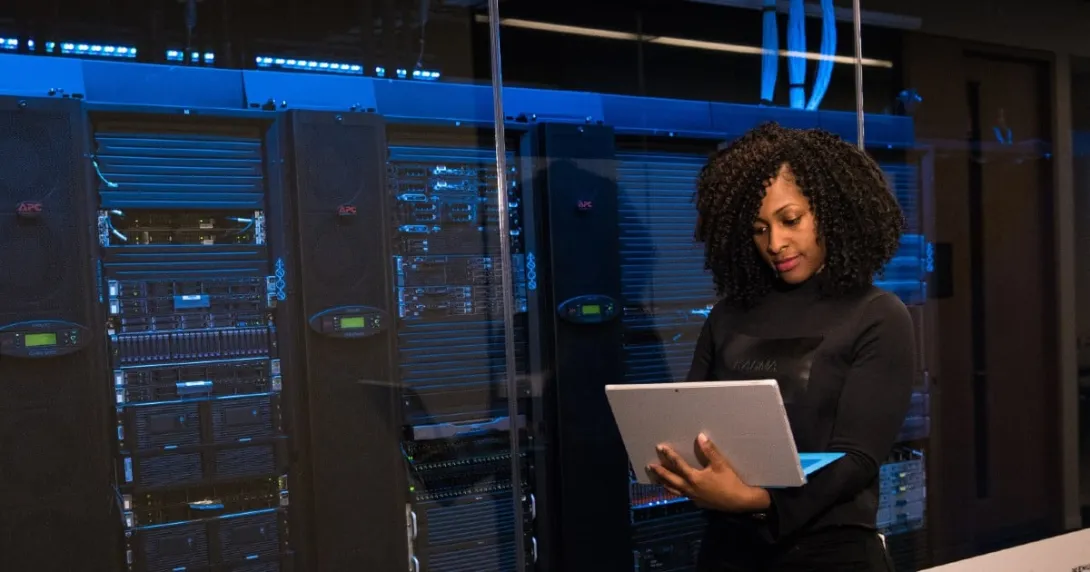A 16-year-old boy in Bulgaria is helping some of MIT's smartest minds to map the human brain – by playing an online game. And someday, that work might be used to solve the mysteries of Alzheimer's or Parkinson's disease.
The youth is one of some 70,000 participants from 100 countries taking part in EyeWire, an online competition launched last December by researchers at the Massachusetts Institute of Technology. He's the top "scorer" in the game, in which participants map connections between retinal neurons to develop a 3-D portrait of a single cell.
The concept was one of several applications of gaming technology on display this past week at the 9th Annual Games for Health conference in Boston, where gaming programmers in flip-flops and T-shirts rubbed elbows with academicians and medical professionals in the occasional suit and tie. The conference featured a wide variety of concepts, from video games that help children and young adults cope with cancer to web-based collaborations that help researchers combat malaria.
[See also: mHealth, meet Boston's innovators.]
The conference is the brainchild of Ben Sawyer and Beth Bryant, gaming enthusiasts who formed the Games for Health Project in 2003 to bring together two communities that hadn't really gotten together all that much in the past.
According to Sawyer, games and gaming technology are starting to find their niche in healthcare as researchers, clinicians and payers look for new ways to tackle health issues and spur people to take better care of their health. And some of the most innovative ideas, he said, are coming from independent gamers and designers who are designing games for their own use – a movement he called "indie gaming health."
Some are "simulating the patient experience in a video game," Sawyer said, to give users a better idea of how to cope with a certain illness or condition, while others are using the technology to address population health issues.
While many of the bigger players in the market – the health networks and payers in particular – are dabbling in small projects or watching from the sidelines, the concept of using games or gaming technology is slowly gaining traction, in part because gaming took in $23 billion as an industry last year.
"This is not your father's Asteroids," pointed out Erik Huey, senior vice president of government affairs for the Entertainment Software Association.
Huey, whose organization has been working with the Obama administration on a number of healthcare initiatives, pointed out that gamers are no longer just teenagers and young adults addicted to playing war games in their basement. The average gamer is now 30 years old, he said, while 20 percent are older than 50, 45 percent are women and 62 percent are playing interactive games with others.
[See also: What will Google Glass do for health?.]
Huey also took note of the popularity of exergames, noting that a child burns 4-7 calories per minute on an exercise-based video game, as opposed to 4.4 calories a minute on a treadmill set at 3 miles per hour.
"We understand the potential of this technology and we're trying to spread the word," he said.
That potential – at the conference, at least – offered itself in a videogame that teaches children how to brush their teeth properly, an interactive game that teaches young adults to make safe decisions on such hot-button topics as sex and drug use, and EyeWire.
According to Amy Robinson, part of the Brain and Cognitive Sciences Department at MIT, there are as many synapses in the brain as there are known stars in the universe. With that many networks to map out and a limited number of researchers to do the mapping, the MIT group realized they needed help.
[See also: Obama unveils $100M BRAIN Initiative.]
Enter the fast-growing concept of crowdsourcing.
'It's fun, and it's also important because our lab actually depends on all these people from all over the world," said Robinson, whose colleagues communicate often with the game-players and have a system of checks and balances set up to make sure the gamers' results are accurate.
EyeWire uses 3-D images of the retina that were created by a process called serial block-face scanning electron microscopy at the Max Planck Institute of Medical Research in Heidelberg, Germany. MIT's researchers – not to mention those around the world – want to use those images to create a diagram of a cell, which could be used in neuroscience research to determine how the retina functions in visual perception.
Once the retina is mapped, the process could be used to map the entire brain, and then perhaps other parts of the body. And in that map may lie the clues to any number of diseases.
Video game photo from Shutterstock.com.


